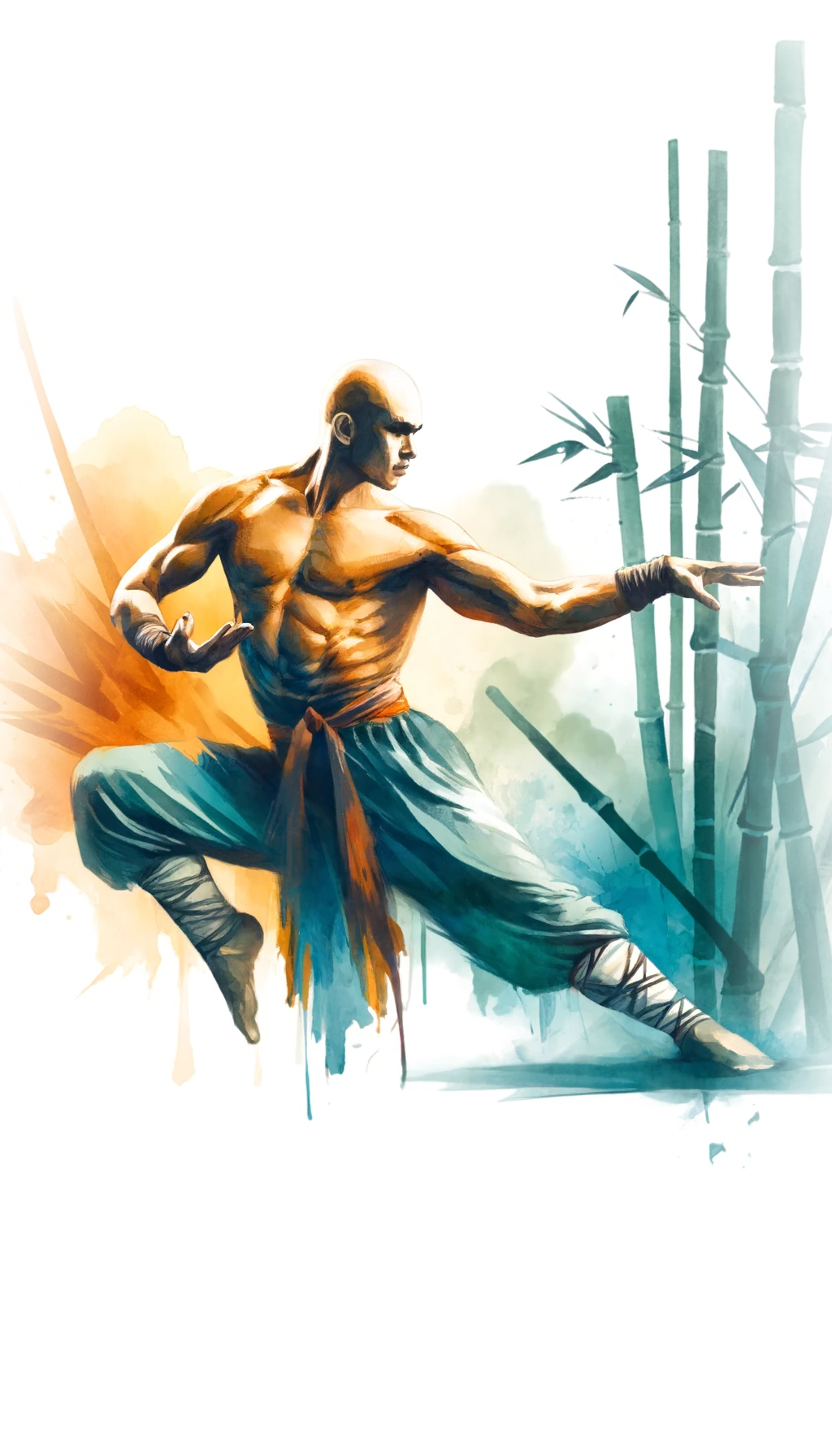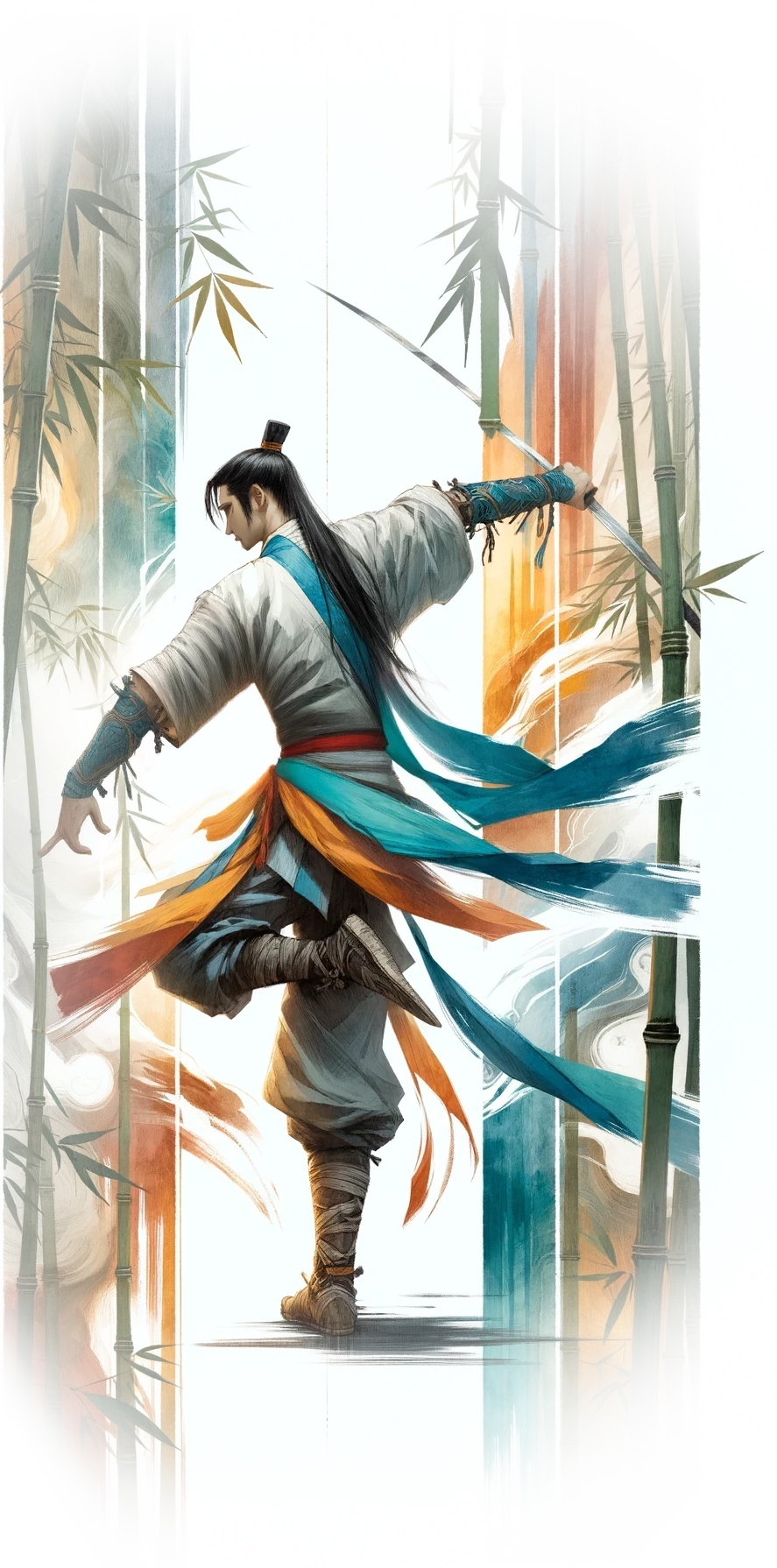Bang Rajan (2000)
.jpg)
I've been wanting to see BANG RAJAN for a good three years - and in this age of dvds and internets it's not often I have to wait that long to see something, but life seemed unwilling to give this film a readily available release with English subtitles. Finally, though, after sitting on the title for 2 years and almost missing out on first-to-market to Oliver Stone in the US, HKL spin-off Premier Asia got round to releasing it - in a 2-disc special edition with numerous interviews for extras, no less.
BANG RAJAN was a landmark for the Thai film industry, a blockbuster hit that helped to create the recent surge in film production and production values. It tells the true story of a village called Bang Rajan, whose people stood their ground and managed to fight off the northern flank of an invading army from Burma in 1765. Without their bravery, Thailand might just be a province of Burma right now. Bang Rajan wasn't exactly a small village as it turns out, but they were far from a trained army, and were still vastly outnumbered by the invaders. How they managed to hold them off for so long is still a bit of a mystery.
As far as I'm aware, there had never been a film made on as large a scale as this in Thailand before - though Tan Mui would have been well into pre-production on Suriyothai when BR was made. Director Tanit Jitnukul seems to be specialising in historical epics a bit, and has made several more since - including the very enjoyable Khunsuk, which reunites many of the cast members from BANG RAJAN, but weaves a more personal story into the tapestry of the wars and times. BANG RAJAN wants to tell the story of the village, rather than any single individual - though about half a dozen characters are picked out to receive the main focus of the story, or to represent the village as a whole I guess. The director's story-telling skills aren't quite up to the task of weaving together these threads into a coherent picture, but you do get to care somewhat for the characters eventually. The main aim of the film is to show the heroism and predicament of a whole village of ordinary people thrust into extraordinary circumstances, forced to fight to protect their families and their country. In most war films the fighters are soldiers, and their battles are pretty much divorced from their everyday lives (photos of girlfriends back home etc aside), the villagers of BANG RAJAN are caught up in a war that they just happen to be stood in the way of.
What makes BANG RAJAN into a war film, though, are the battle scenes - of which there are many, of a surprising scale and brutality. There's a lot of serious injury, and the sound of flesh being sliced, pierced or lopped off is sometimes relentless. The level and realism of the gore in the film is very high - possibly even higher than Korea's Musa, almost as if the opening scene of SAVING PRIVATE RYAN had been filmed with machetes, axes, hammers, spears and arrows. And still with guns and cannons too, for that matter. The Premier Asia set includes a very nice interview with the producer of the film, where he explains that he knows they can't achieve the degree of "perfection" in battle scenes that Hollywood films can because of their higher budget, but he hopes that the film does at least stand up to international scrutiny in terms of realism. Apart from a few dodgy CGI explosions, I'd say it certainly does.
I wish that BANG RAJAN had got a wide release right after it was made, as it would probably have been pretty successful. 5 years later, it's thunder has been somewhat stolen by other films like MUSA, Suriyothai, Hero, WARRIORS OF HEAVEN & EARTH and The Last Samurai. Compared to these, BR must be judged inferior (well, except for Suriyothai, which was more expensive looking but a less captivating film). The story-telling isn't too tight and most of the acting is unimpressive. It is film-making on a grand scale though, with impressively high production values for its budget (far lower than any of the other films mentioned) and a visceral impact that still stands up. Compared to MUSA it might look a little amateurish, but you have to remember there was no MUSA to compare it to when it came out. I don't suppose BANG RAJAN had much if any influence on those other historical epics that have followed it, since it was probably not seen far outside Thailand, but at least its impact on the Thai film industry must be taken as a credit.
Viewed in 2005 it's unlikely to be a life-changing film for anyone, but it's still definitely worth a watch - and I hope that it will sell well enough for Premier Asia to take a few more risks on releasing lesser-known films that don't already have good subtitled releases elsewhere.
Crew
| Director |
|---|

